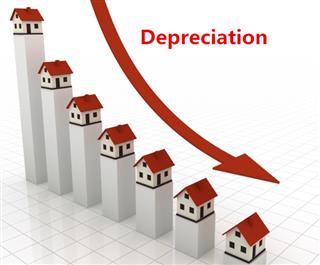
From the article what you can claim as rental expenses – capital expenses, you already know you cannot deduct the total cost of the capital expense in a single year.
Instead, you should deduct depreciable capital asset over a period of several years. The deduction is capital cost allowance (CCA).
To claim capital cost allowance (CCA) correctly, first you should group your depreciable assets in to classes. This is because a specific CCA rate applies to each class.
Most common classes include:
Class 1 with a capital cost allowance (CCA) rate of 4%
Class 1 includes most buildings acquired after 1987, unless they specifically belong in another class. Class 1 also includes the cost of certain additions or alterations you made after 1987 to a Class 1 building or certain buildings of another class. You also include in these classes the parts that make up the building, such as:
- electric wiring;
- lighting fixtures;
- plumbing;
- sprinkler systems;
- heating equipment;
- air-conditioning equipment (other than window units);
- elevators; and
- escalators.
Most land is not depreciable property. Therefore, if you want to deduct capital cost allowance (CCA) in your rental property, you can only include the cost relates to the building. The value of land must be excluded in the calculation of CCA.
Class 8 with a capital cost allowance (CCA) rate of 20%
Class 8 with a CCA rate of 20% includes certain property not included in another class. It includes
- furniture
- household appliances such as refrigerator, stoves, washing machine and dryer machine.
- tools costing $500 or more per tool
- some fixtures
- machinery
- outdoor advertising signs
- photocopiers and electronic communications equipment,such as fax machines and electronic telephone equipment, and
- other equipment you use in your rental operation.
Class 50 with a capital cost allowance (CCA) rate of 55%
It includes computer hardware and systems software for that equipment acquired after March 18, 2007.
For more information about classes of depreciable rental property and the CCA rates that apply to each class, please refer to CRA website.
The half-year rule of capital cost allowance (CCA) rate
The half-year rule states that in the year you purchase new capital asset or make additions to your rental property, you can usually only claim CCA on one-half of the cost.
For example, if you purchase a new stove for your rental property, the CCA you can claim for the stove in the first year is 50% of the full CCA, which is the cost of the stove multiple the CCA rate 20%.
This half-year rule also apples when you transfer personal property into your rental business, such as a personal computer or a vehicle.
